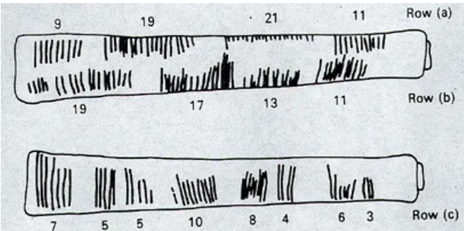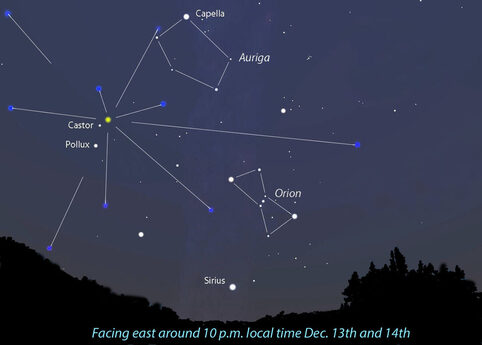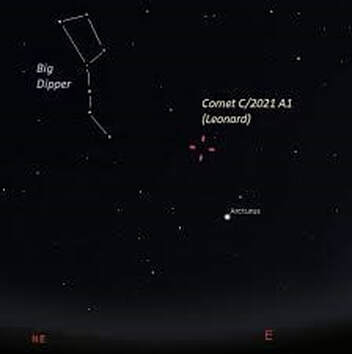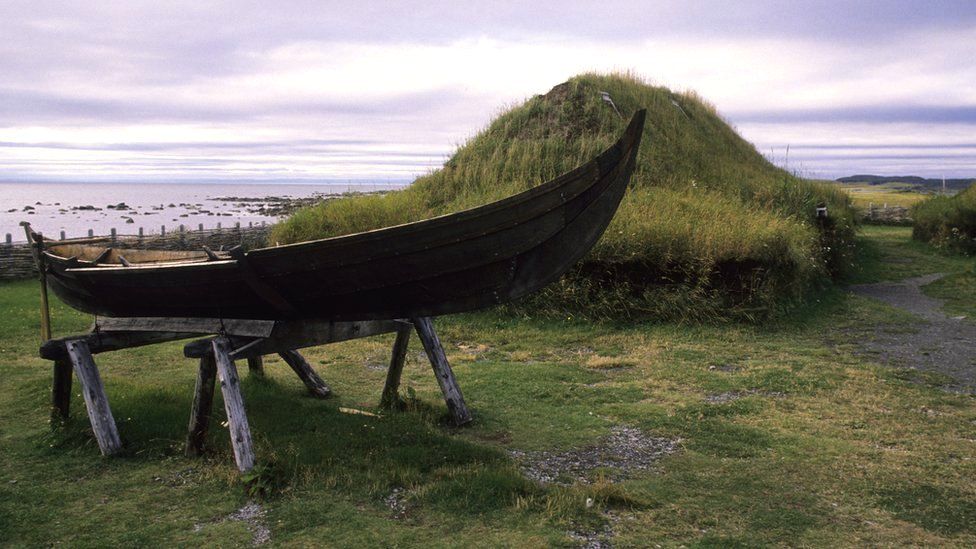Winter Quiet
As I write this, we are receiving our first heavy snow—thick flakes falling softly. The muffled quiet of winter. The magic elves of the Sew and So Club left a gorgeous and fragrant wreath on my porch, (thank you elves!), so Christmas is in the air too. The town has been fully decorated by community volunteers and Santa arrived on horseback the day after Thanksgiving for the annual Christmasfest. The children line up outside the museum to sit on a saddle and recite their Christmas list. (Photos by Kathy Schoendoerfer.)
It's a great event and draws people from as far away as Missoula. It is also the town's Last Hurrah before winter comes and families draw together for their own celebrations. From now on, we are never sure when roads will be safely passable. The Stray Bullet closes for December (opening again in January). The Blackfoot Angler continues to sell local crafts until December 11th, 9 to 2, and December 17th by appointment. 406-793-0018. Then it closes for the winter.
Winter quiet. Snow white.
Speaking of snow, Pingu the Antarctic penguin seems to have gotten lost. He came ashore near Christchurch, New Zealand. You can see him here looking around and thinking “This place doesn’t look familiar.” He was dehydrated and undernourished so the locals fed him fish smoothies (ick!) and he bounced right back.
(2 youtube tips: If a video here says not available, just clicking on it usually solves the problem. Also, if you are ever watching a long video and don't want to be interrupted by advice about belly fat or other annoying ads, you can load it in view pure and those will be eliminated.) Some videos take a few seconds to load.
Thomas Berry named the Earth era we are entering the Ecozoic, which he described as a period of mutually enhancing relationships with the natural world. We are increasingly seeing examples of this, but one of the most remarkable ones is, literally, a life-saving encounter between a scientist and a humpback whale off Cook Island. It would be easy to dismiss this as impossible, without the actual footage and the fact that Nan Hauser is the Principal Investigator for the Cook Islands Whale Research Project and Director of the Cook Islands Whale & Wildlife Centre. You have to see this to believe it. I found it very moving.
Now from deep sea to deep sky and an update on the James Webb telescope. Despite some small glitches, our most awesome instrument for exploring the universe will launch on time, December 22nd. It will be 100 times more powerful than the Hubble Telescope, which should bring some interesting sights into view and even solve a few mysteries. It will be stationed 1.5 million kilometres away in space and will take a month to cruise to its final orbit. It has been designed to last for at least 10 years. You can go here for the latest update
There will be plenty to see this month without a telescope, if the weather gives us some clear skies. Jupiter shines in the south to southwest during evening at the far upper left of bright Venus. Saturn is midway between them. The Geminid meteor shower reaches its peak December 13-14. It is the best meteor shower of the year but cloudy skies could hide it. The sky map below shows you where to look. Start with the familiar 3 stars of Orion's belt, then up left to the two bright stars of Gemini.

There is an interesting mathematical find in Africa from 25,000 to 30,000 years ago. The Proto-Mathematics of the Ishango Bone. (This one's for Bonnie Spence.)
The Ishango Bone was discovered in 1960 by Jean Heinzelin Braucourt, a Belgian national who was exploring the eastern fringes of the Democratic republic of Congo, then Belgian Congo. The bone was found among the ruins of a human settlement that was located near Lake Edward, an ancient settlement that had been buried by a volcanic eruption.
The bone, which through carbon dating has been estimated to be anywhere between 20,000 to 25,000 years old, is believed to be the second oldest mathematical artefact based on a series of notches etched on it. The notches were made by a quartz crystal attached on one end of the bone. Experts have various theories about these. Some say it could have been used to track the lunar cycles. Others suggest that it was a table of prime numbers. Have a look for yourself and read more.
You might also be interested in an article on the Oldest Lunar Calendars. The Oldest Lunar Calendars | Solar System Exploration Research Virtual Institute (nasa.gov)
Also in Africa, there is the discovery of standing stones in Nabta Playa, located about 800km (500 miles) south of Cairo. The site predates Stonehenge by millennia and was inhabited between 9000 BC and 2800 BC. The site is an early observatory and calendar. Scientists have so far deduced that some of the upright slabs were aligned with stars. The stars include Alpha Centauri, Sirius, Arcturus, Sirius, Dubhe (on Ursa Major), and stars on Orion’s Belt. Curiously, the site was located on the Tropic of Cancer.
The megaliths, 24 in total, were also aligned with the true north-south (which differs by a few degrees from the magnetic north-south many people are familiar with).
"It has been an oddly fractured year for dance. Repeated lockdowns stifled talent, thwarted new ideas. Online and outdoor offerings provided some release but when theatres reopened in May, dancers emerged as if from hibernation, full of life, anxious to get on with their notoriously short careers." (The Guardian)
This is The Guardian's introduction to an excellent article on Argentine dancer Marianela Núñez, a principle with the Royal Ballet Company.
"She danced the title role in Giselle but also, at other performances, the secondary part of the threatening, ghostly Myrtha. 'I danced Myrtha a lot in the beginning of my career and then as soon as I started to dance the title role, I stopped. Yet Myrtha is so important for the story of the ballet; she establishes that mystical world in the second act and she has to hold the stage for so long.' "
I have always reveled in the dramatic details of my friend Ari Dickinson's productions of classical ballets, from The Nutcracker to Swan Lake. I think she will appreciate this short video on the importance of mime in ballet (3 min) and I hope you will too!
Acting and dance really came together in the lively entertainment of American musicals, our own unique genre. While Broadway first made these famous, Hollywood took them to the big screen. I Love Melvin is a little remembered film from 1953, but Donald O'Conner dancing on roller skates is pretty memorable.
The next is a real treat: A screen test with a young and lovely Audrey Hepburn. No, the person you see below is NOT Audrey Hepburn, but click to watch it. (If it doesn't load, search for Audrey Hepburn screen test on YouTube.)
If you enjoyed the vintage quiz show in my last Letter, here is another one: "What's My Line" from 1965 featuring a young Henry Fonda (mother of Jane), Sean Connery and Ralph Meeker--all budding stars of that era. (Although Ralph Meeker had come to prominence in the 50s with Mr. Roberts and Picnic.)
Both Henry Fonda and Sean Connery were Academy Award Winners, Hollywood's highest honor and most elaborate production. I always feel sorry for the losers at that event who have prepared acceptance speeches they will never get to give. So much work goes into remembering who to thank! Here is John Cleese's version of the Oscar Thankyou Speech.
Before I leave the subject of losers, I would like to offer comfort and a suggestion for those local and visiting hunters who did not succeed in bagging their elk. A lot of energy, preparation and hope goes into those hunting trips. But here is an alternative that requires a lot less energy and allows you to get in a few rounds of golf at the same time.
I have been neglecting Our Best Friend lately and I would like to make up for that. You might recall a Letter or two that featured dogs doing yoga with their owners. This one's for Riggin, Lucy and Dally so listen up, Peggy, Howie and Eloise. You might want to take notes.
The next two are for Trooper, and all of those amazing and caring service dogs who make the lives of humans so much better.
Meet Lily, introduced in the first video, then with Kinley, her blind friend, in the second. You will love her.
This photo, which appears on our town website (ovandomontana.net), beautifully captures the coming season. Trees I can smell right here in my living room, woven into my lovely Christmas wreath.
I still have in my mind images of other beautiful trees I recently met on tree-lined walks with my sister Robin by the Barge Canal in upstate New York, and walks with my friend Sally Mahe among the redwoods of Marin. So my quiet ending this time is dedicated to them, with deep appreciation of the trees we shared. Here is Mary Oliver's "When I am among trees." If it is difficult to catch the words, turn on the CC in the lower right and the words will appear.
I wish you all good health and the blessings of the season.
Sheri Ritchlin















 RSS Feed
RSS Feed